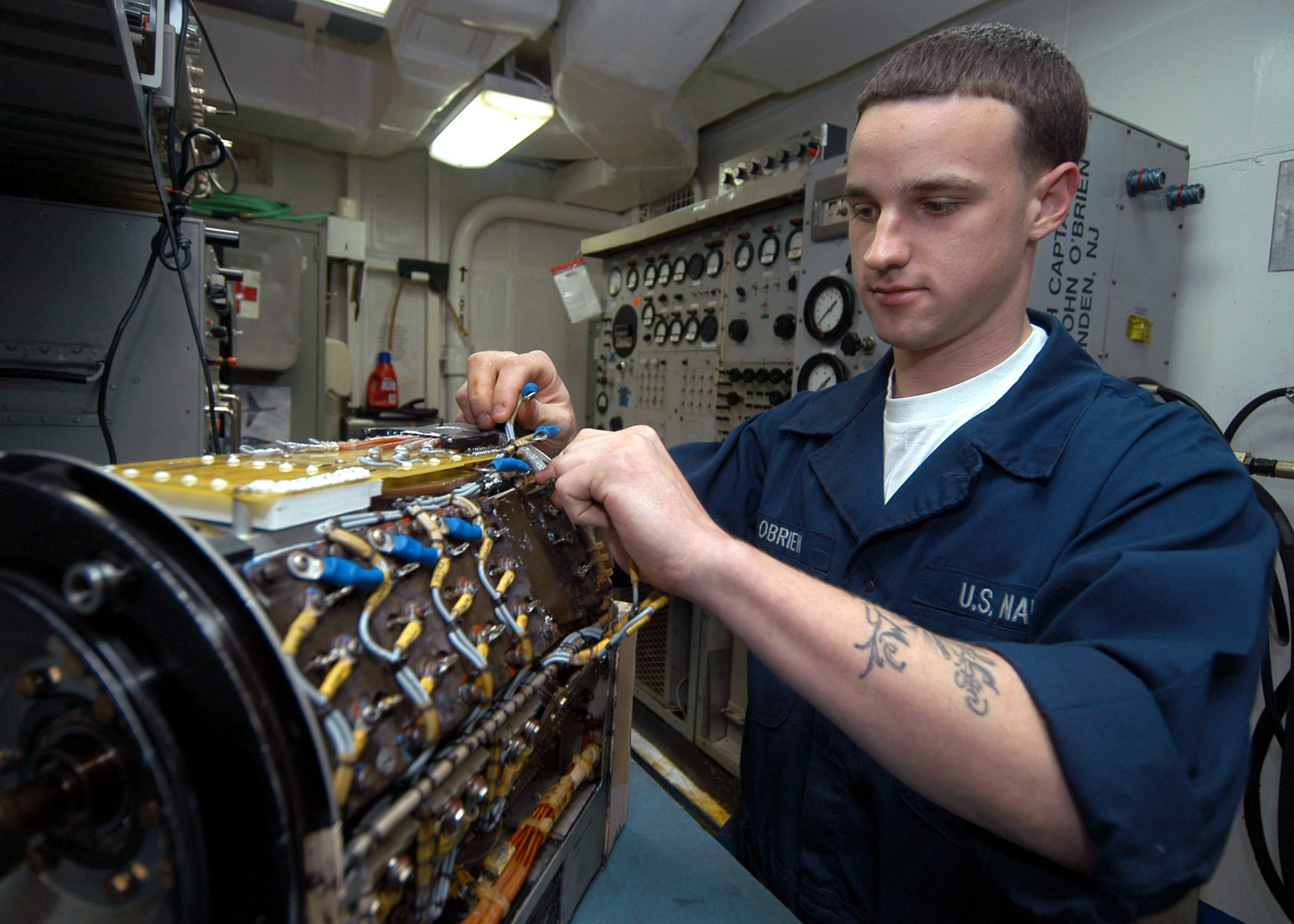When you eat a meal at a restaurant or order groceries online, have you ever wondered how the food and drinks arrived there? If the establishment you are eating at or the market you are shopping from is far from the source of their goods, food and beverage transportation solutions are necessary.
Moving food and drinks around the country or even around the world requires careful planning and execution to prevent damage, spoilage, or contamination. Here are some of the methods used in the transportation of food and drinks.
Trucks
Trucks are among the most commonly used ways to transport food and drinks. The reason is their flexibility, as they can carry goods of different types and sizes, including frozen, chilled, or dry products. A typical tractor-trailer can transport a large quantity of goods in one trip, and many logistics companies provide excellent driver training to ensure the safe transport of these items.
However, traveling long distances by road can be time-consuming and expensive, and accidents can happen that delay or damage the delivery.
Rail
Like trucks, trains can haul a large amount of food and drinks at once, and it is the most energy-efficient way of transportation. Trains can transport perishable and non-perishable goods at a steady pace, and at times, can also have a lower cost than trucks. Most importantly, intermodal containers and rail cars can be refrigerated, making them an ideal choice for transporting perishable food products.
The downside of using rail for food and beverage transportation solutions is its limited access to destinations. Rail transport is typically reserved for large volumes of food items that can only move between high-volume endpoints, like ports or distributors.
Airfreight
For expeditious deliveries of high-end fresh food items such as seafood, vegetables or fruits, airfreight is an excellent choice. Air transportation is also crucial in transporting human-made food like wine and other beverages. The shorter transport time means goods can arrive at their destination with more life span at their peak quality. Food and drink shipping by air is also beneficial for international transfers when time is of the essence.
However, airfreight can be so expensive that it is only reserved for perishable food products that justify the high costs. Also, transporting food items by plane requires diligent planning and execution that meets several regulations, such as customs clearance, aircraft size limitations, and packaging requirements.
Marine Transport
Marine transport is an excellent way to transport goods on a global scale, particularly for non-perishable food products. Large cargo vessels that travel on oceans can carry an enormous volume of goods in one trip, making it cost-effective for bulk shipping.
However, moving food and drinks by sea has its drawbacks. It has longer transit times and is challenging to load and unload containers. There are also costs associated with powering and maintaining ships that can impact the transport price.
Conclusion
Choosing the mode of transportation depending on the food type, distance, and time needed is essential when transporting food and drink items. These different food and beverage transportation solutions have their benefits and drawbacks, and it depends on various factors to decide which to use. Many factors can impact the transit time needed for your food products, such as port congestion, weather, and may other unexpected influences.
Ultimately, the key to a successful delivery of food and drinks is proper planning and execution and ensuring that every aspect of the journey is efficient, safe, and hygienic. In the end, a happy customer who receives high-quality food and drink is the ultimate goal.




